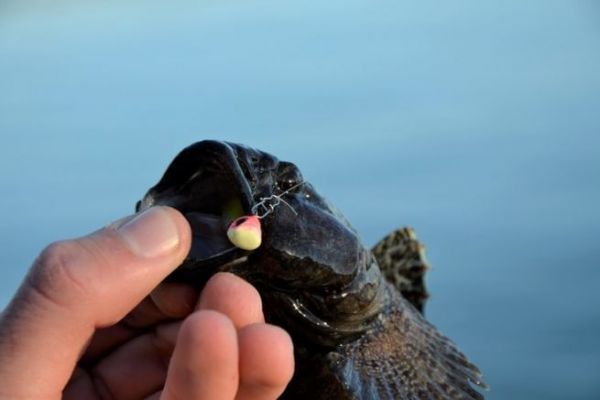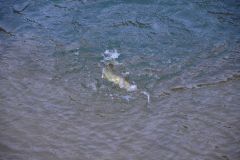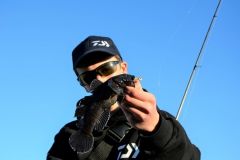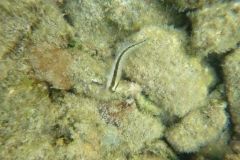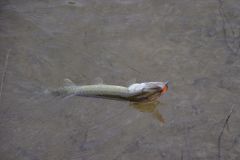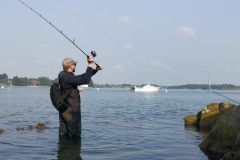The round lead head
The round lead head is the most classic of all lead heads. It's obviously very effective, but it's mainly designed for one simple function: not to alter the action of the lure. If the head is round, it is perfectly symmetrical and has no steeply angled sides.
This symmetry allows the soft lure to swim as naturally as possible, since it is subjected to virtually no stress. The round head also has the advantage of being able to be used on all possible shapes and sizes of soft lure, while remaining effective.
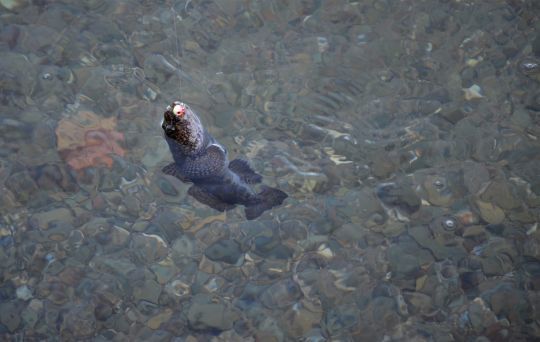
The flat lead head
For fishing close to the bottom, lead heads with a flat bottom are very useful. They allow you to present the soft lure flat, in its normal direction, with the hook always pointing upwards to avoid snagging. This also ensures that fish are always hooked in the upper jaw of the mouth, which is stronger than the lower jaw. It's harder to set a hook in the upper jaw, but once set, the chances of unhooking the fish are virtually nil, even with barbless hooks.
The flathead can also be used to make a lure glide more easily, as it creates an opposing force in the water which reduces the sink rate, making it more attractive in certain conditions. Flatheads are very effective for rockfishing, whether with a shad or a creature, but can also be used for line fishing.

The conical lead head
The conical head, pointed at the tip, is another form of lead head that is very effective for light fishing. It is particularly effective for wolffish fishing with shads or finesse. This shape allows shads with a rather stiff material to obtain a very good rolling action, a movement that predators like a lot. If you use the conical head with a finesse lure, you can animate the soft lure by jerking the tip on either side like a fish trying to escape.
The streamlined shape of this head also makes it possible to reach greater depths than with a conventional head, without having to increase the weight. Any predator feeding on small anchovies or sardines in open water is likely to appreciate a lure with a tapered sinker head.
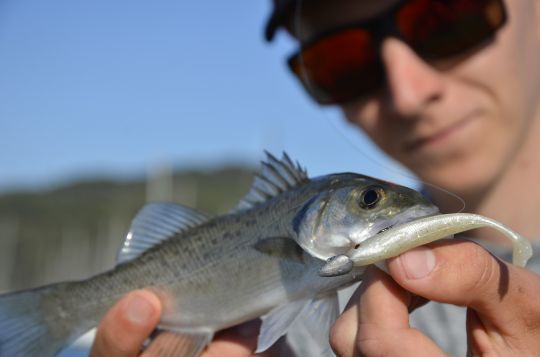

 /
/ 